Wrong level switch selection in oil and gas applications can lead to environmental hazards, equipment damage, and costly production stops.
Level switches in oil and gas applications provide reliable point-level detection for process control and safety, using technologies specifically designed for hydrocarbon environments.
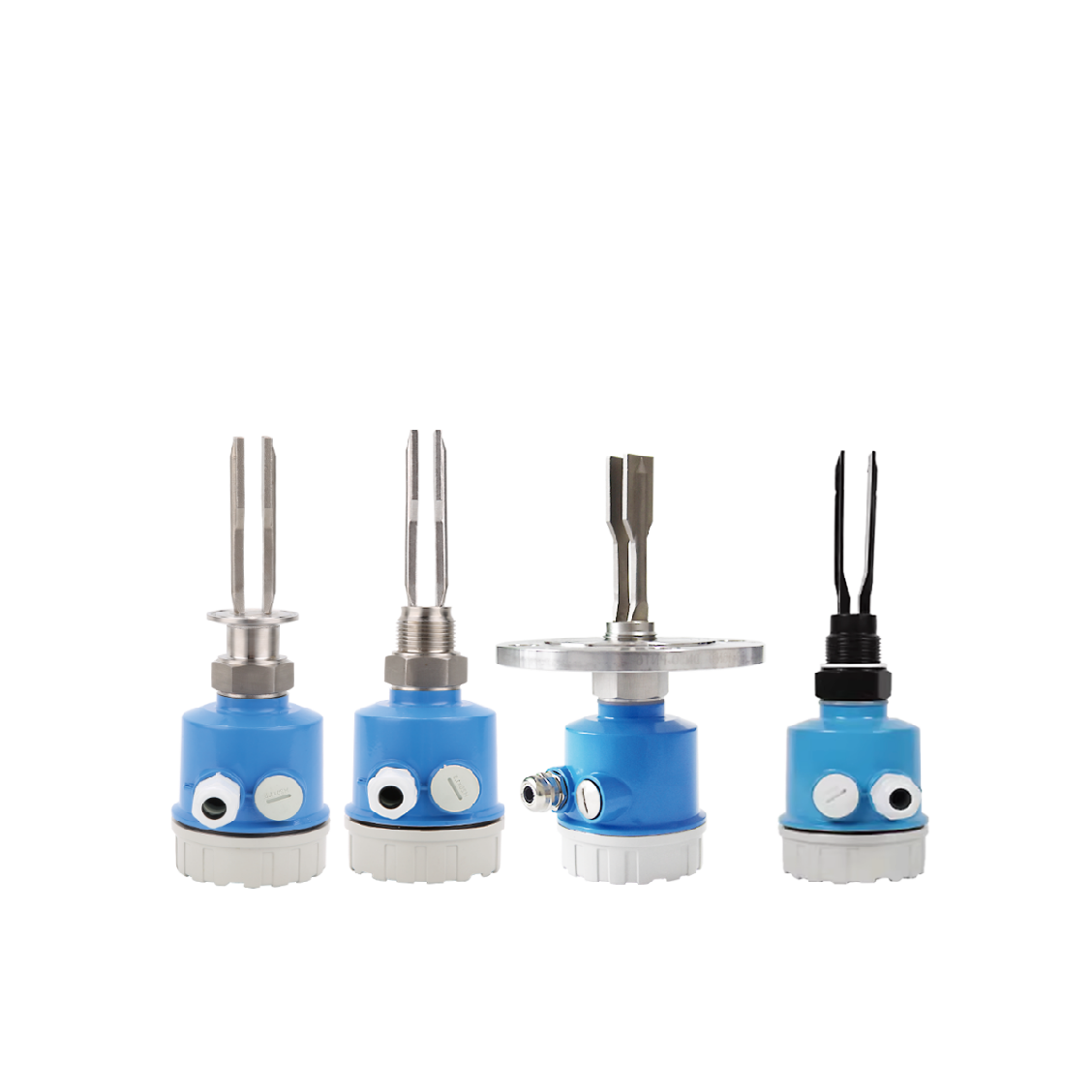
Oil and Gas Level Switch Applications
Let me share insights from my experience in oil and gas instrumentation.
What is the Purpose of a Level Switch?
Many process engineers underestimate the critical safety and control functions of level switches in oil and gas facilities.
Level switches serve as critical safety devices that prevent tank overflow, protect pumps from dry running, and maintain optimal process conditions through automated level control.
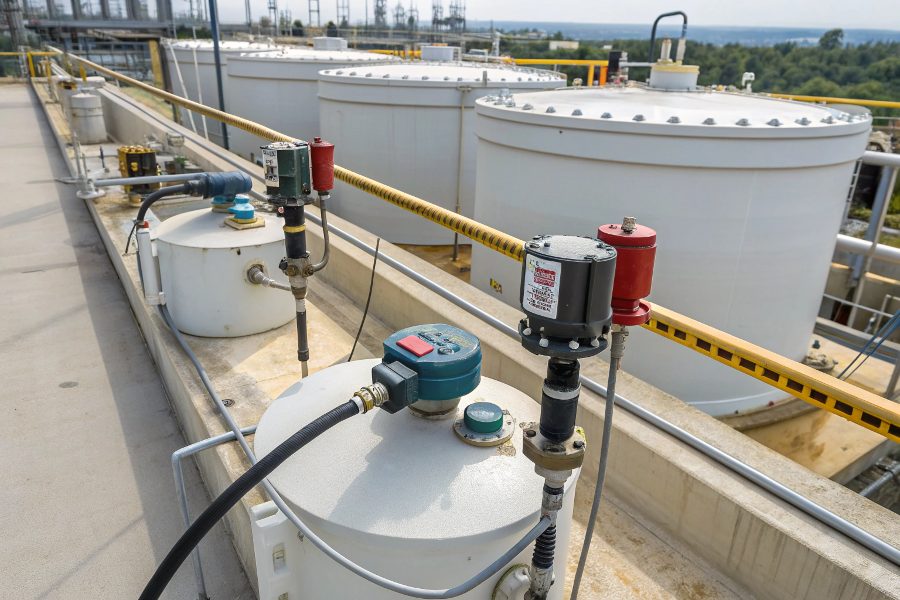
Level Switch Purpose Diagram
From my field experience:
Critical Functions
-
Safety Applications
Function Purpose Benefit Overfill Protection Prevent spills Environmental safety Low-level Alarm Equipment protection Extended pump life Interface Detection Process control Product quality Emergency Shutdown System protection Damage prevention -
Control Requirements
- Automated process control
- Batch operations
- Storage management
- Transfer operations
Implementation Strategy
-
System Integration
- Control system interface
- Alarm management
- Safety systems
- Documentation requirements
-
Maintenance Planning
- Regular testing
- Calibration schedules
- Spare parts inventory
- Training requirements
These functions ensure safe and efficient operations.
How Does an Oil Level Switch Work?
Understanding oil level switch operation is crucial for proper application and maintenance.
Oil level switches use various technologies like buoyancy, vibration, or capacitance to detect oil levels, with special consideration for oil’s specific gravity and viscosity.
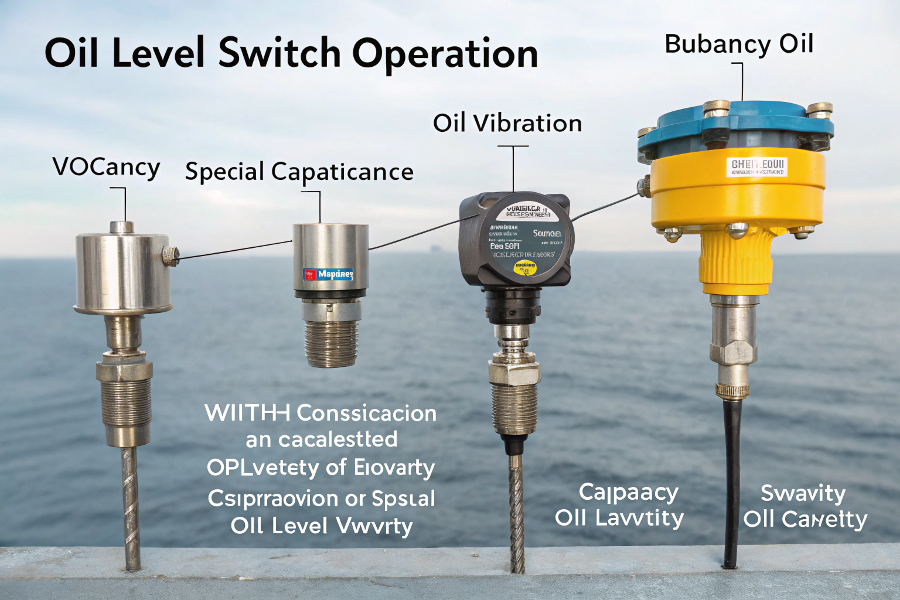
Oil Level Switch Operation
Based on my technical expertise:
Operating Principles
-
Technology Selection
Technology Principle Best Application Float Buoyancy Clean oils Vibrating Fork Frequency change Viscous oils Capacitive Dielectric Interface detection Thermal Heat transfer Harsh conditions -
Performance Factors
- Oil properties
- Temperature effects
- Pressure conditions
- Interface layers
Application Guidelines
-
Installation Requirements
- Mounting location
- Process connections
- Electrical classification
- Environmental protection
-
Operating Parameters
- Temperature limits
- Pressure ratings
- Response time
- Accuracy needs
These principles guide proper selection.
What is the Level Switch in the Oil Tank?
Proper level switch selection for oil tanks requires understanding specific application challenges.
Oil tank level switches are specialized instruments designed to operate reliably in hydrocarbon environments, providing critical level detection for safety and process control.
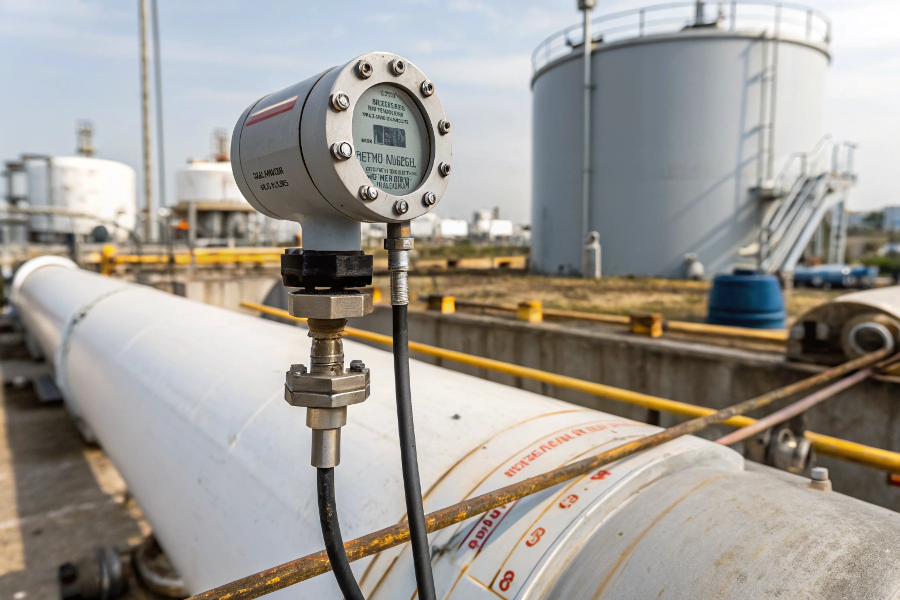
Oil Tank Level Switch Installation
Drawing from my installation experience:
Selection Criteria
-
Application Requirements
Factor Consideration Impact Oil Type Viscosity/density Technology choice Tank Size Coverage area Installation method Environment Hazardous area Certification needs Operation Continuous/batch Reliability needs -
Safety Considerations
- Explosion protection
- Environmental protection
- Backup systems
- Emergency response
Implementation Aspects
-
Installation Planning
- Access requirements
- Maintenance space
- Cable routing
- Grounding needs
-
Operational Support
- Testing procedures
- Cleaning methods
- Calibration needs
- Documentation
These factors ensure reliable operation.
What is the Difference Between a Float Switch and a Level Switch?
Understanding these differences is crucial for selecting the right technology for your application.
Float switches are a specific type of level switch using buoyancy principles, while level switches encompass various technologies including vibration, capacitance, and optical methods.
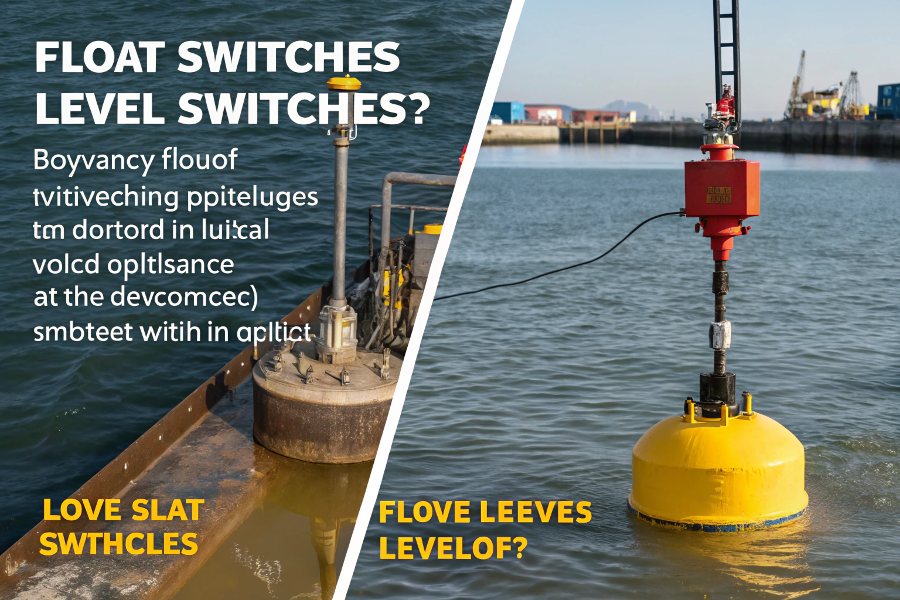
Float vs Level Switch Comparison
From my system design experience:
Key Differences
-
Technology Comparison
Aspect Float Switch Other Level Switches Principle Buoyancy Various technologies Moving Parts Yes Often none Maintenance Regular Minimal Cost Lower Varies by technology -
Application Considerations
- Process conditions
- Reliability needs
- Maintenance access
- Budget constraints
Selection Guidelines
-
Technology Benefits
- Application suitability
- Installation requirements
- Operating costs
- Life expectancy
-
Implementation Factors
- Training needs
- Spare parts
- Support requirements
- Future upgrades
These differences guide proper selection.
Conclusion
Successful level switch implementation in oil and gas applications requires careful consideration of process conditions, safety requirements, and maintenance capabilities to ensure reliable operation.
